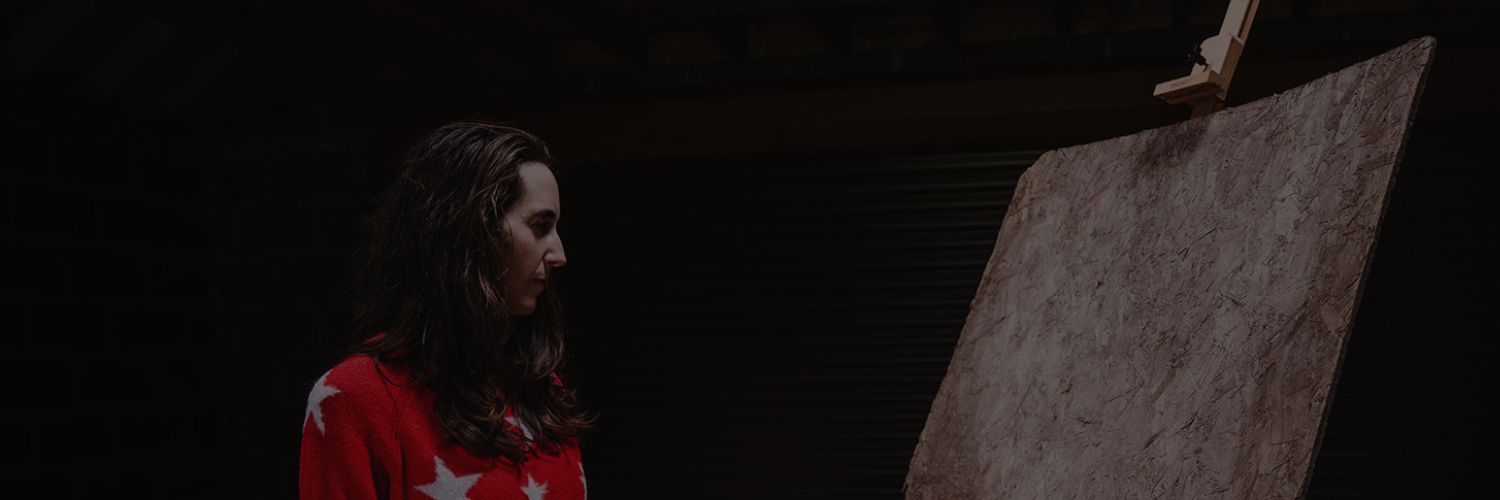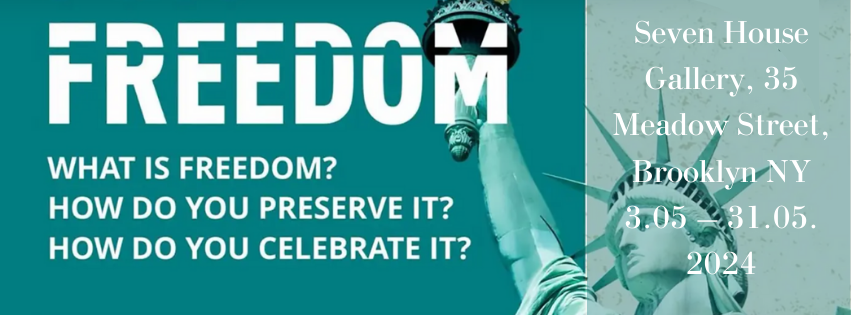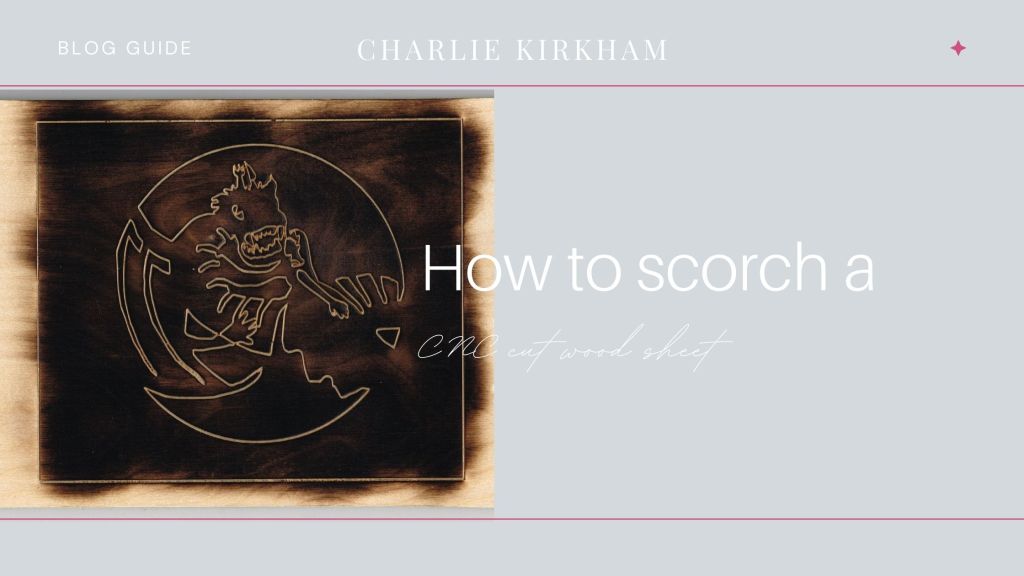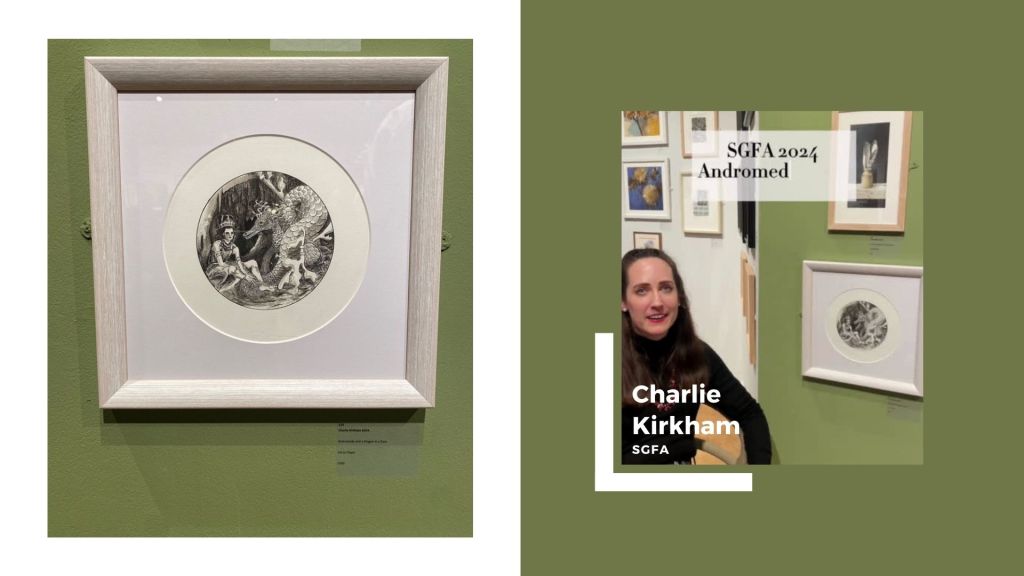One of the best ways to get your artwork out there is via Open Exhibitions and Art Competitions. The art world isn’t a members-only club, it’s an open door, so if you love what you do prepare to share it.
There are so many opportunities out there and the competition is fierce. You need to give yourself the best chance to shine.
Ask yourself…
Is it the right place for my work?
Before you apply for an open exhibition or art competition, check it’s the opportunity matches the artwork.

Target where you submit your work, do you take landscape photographs? Selecting a photography competition with a landscape category makes more sense then submitting to an oil painting show right? Likewise if you’re an oil painter there’s no point entering your oil painting into a photography exhibition.
When you enter you’re asking for the selector’s opinion
Who is selecting the show you want to enter? When you enter a competition, you are asking the judge’s opinion. If you really dislike what a selector curates in other shows don’t submit your work. If you love their creative choices and want their opinion on your work enter the show.
Do your homework and look up the selectors, judges, previous shows. Is there an obvious theme each year? Do the selectors announce what they’re looking for? Do you want this person’s opinion on your artwork? I’ll say it again…
When you enter a competition you’re asking for the selector’s opinion.
If when you check back the themes or style seems to change each year, check if the selectors also change annually. If this year your work is a good fit go for it, if not wait until the panel is more favourable to your style.

For example:
In 2021 the selection committee for Big Open Show tell all entrants that they’re focused on selecting large scale floral works, so you might rush to enter your work ‘Big Pink Flower’ into the 2022 Big Open Show…
In the meantime the new selection committee for the 2022 Big Open Show have just announced they are focused on miniature portraits…if you submit your ‘beautiful orchid ‘Big Pink Flower’ painting guess what you’re chances are?
OK so that’s an extreme (made up) example. The point is…
Your time is too precious to be wasted on opportunities that simply don’t fit.

Read the Rules
Every Open Exhibition, Art Competition and opportunity comes with its own set of guidelines.
- Are there restrictions on medium? E.g. The Royal Institute of Oil Painters are looking for oil painters, not sculptors.
- Is there a size restriction? E.g. The Discerning Eye Exhibition limit works to a maximum of 50cm (framed).
- Does the theme fit? A lot of exhibitions will have overall themes attached, work does not necessarily need to follow this theme.
- Is it a compatible style? There are lots of different types of artwork, does your artwork fit? Look at previous years, does your artwork compliment the other works?
- Is there a limited audience for your artwork due to edgy content? Again, read the rules. If there are restrictions on nudity, political content etc. then follow them. Some shows are targeting a family crowd, others are more provocative. Where does your artwork fit in?
- When is the deadline? Do you have enough time to bring you A game, get the application together and submit it. Be realistic about how long it takes.
Can you afford it?
Artists are renowned for being cash-strapped. In every open exhibition there are a number of expected costs to consider before applying. Weigh up your ability to meet these costs beforehand.

- Entrance fees – some shows are free to enter but the majority will have an entry fee. This can be anything from £10 per work to £30. If it’s more than this I would be sceptical about the opportunity.
- Hanging fees- usually only charged if a specialist install is needed for an unusual or exceptionally large work.
- Insurance-you will need to insure your work while it’s on consignment to a gallery. Any breakages to the work can then be claimed against the insurance. I’d recommend a-n Artist Network as a starting point.
- Transport costs – how will you get your work to the show and, if it doesn’t sell, how will you get it back? Check the costs in advance.
- Do you want to attend the Private View / Prize Giving event as well as drop off and collection of work, factor this in too.
- Commission- if your artwork sells expect to pay the gallery a commission of anything from 30-50%. Does your pricing reflect these costs?
So you’ve decided to go for it…
Finding the opportunities
There are so many opportunities out there. A good place to start looking is via The Artists Information Company, Parker Harris, Mall Galleries or ArtOpps (for UK competitions and shows).
If there is a society or group you’d like to show with, join their mailing list or follow them on social media. For example, The SGFA – Society of Graphic Fine Art have an annual open exhibition in London showcasing hand drawn artwork.
For local shows joining an art society and talking to other artists at nearby events will help you hear about opportunities nearby.
A word of warning before you part with any hard-earned cash, please check this is a legitimate opportunity. There are sadly a lot of scams out there that prey on upcoming artists. If your gut tells you there is something wrong do more research.
Don’t be scared to apply to the big, prestigious exhibitions. If you follow the guidelines and submit your best work you’re in with a shot.
Artists are a supportive tribe. For tailored advice on the best opportunities for you, ask a more experienced artist colleague with a few Opens under their belt for advice.

The actual process
Most exhibition applications will want similar things, generally these are
- Artist statement
- Artist biography
- CV
- Artwork details: title, dimensions, year of creation, medium
- Photograph(s) of artwork
- Short statement on the artwork
It’s worth regularly updating your Artist Statement and CV. Make sure your statements are clear and within the word limits. Ask someone to proofread them, run a spelling and grammar check.
If you sent the written application to a stranger, would they understand and visualise the work from this?
A pain-free way to increase your chances of sucess is to bring your A game with the images of your work. Don’t risk being turned down not because the photos don’t do the work justice. Read my post here on why professional photographs are a must. If your artwork is 2D and small enough to scan get a high-resolution scan done of the unframed piece.
You do not need to have exhibited before, gone to art school or have years of experience to enter the majority of exhibitions. Don’t let it prevent you from going for the invaluable experience of an open show. Everyone starts somewhere.

Don’t create a one off for the show
Don’t dramatically overhaul your practice to create a speculative entry. If you never use watercolours creating a watercolour just to put into the Royal Watercolour Society is probably not the best use of your time.
Celebrate what you do by focusing your applications. Think about the medium /media you’re most confident in using.
Think medium, think theme. Every artist has themes they return to consciously or subconsciously repeatedly. For me the feeling of ‘otherness’ is a constant, whether I explore that through the relationship of George and the Dragon or Portrait Boxes.

Does your why match the exhibition theme?
Imagine a show is using an overall theme of ‘A Sense of Movement’ (like A Letter in Mind: ALIM22 – National Brain Appeal). Within this there’s a wide range of artwork, however, everything is linked to the show’s theme and also resonates with the artist’s personal canon. Be true to who you are as an artist.
Are you prepared to bounce back from rejection?
I get it and I’ve been there.
It is hard not to read rejections as a personal attack. Our artwork is such a big part of ourselves that you have to expose your vulnerability when you submit it for judging.
If you know rejection would deeply hurt you then don’t submit.

Sharing your art is sharing your story. If you can’t face this artwork being turned down then maybe it’s the wrong artwork, or the wrong time. Build up enough resilience to bounce back. It’s important to face the fear and develop the confidence to be rejected.
Remember this, rejecting your artwork is NOT rejecting you as an artist.
“Success is stumbling from failure to failure with no loss of enthusiasm.”
― Anonymous1
Practicalities if you’re rejected
Firstly, don’t beat yourself up. Everyone who has ever succeeded has failed.
Secondly, be gracious.
If you submitted physical work pick it up on time. Don’t complain, don’t besmirch the opportunity, selectors or artists who got in. Be nice.
There are many reasons for an artwork rejection that in no way reflect on a lack of quality in the work.
Your artwork might have looked similar to something else, it might be that the selector had a very particular niche interest. Maybe it was the last artwork of the day and exhaustion had crept in. Don’t speculate too much and accept that on this occasion it was a no.
Don’t compare. Sure, look at social media to see what the successful artworks had in common, but don’t obsess over it.
Cheer yourself up with a nature walk or a warm hug. Apply for more opportunities. Keep at it. You have a whole lifetime to create in.

Action when you’re accepted
Congratulate yourself. You’ve done so well, take a moment or two to feel proud of your achievements. Prepare to tell everyone you meet and share online.
Strategize on effective timing for your publicity. Does the show have a press release for artist to share? Can you write to your local paper? What posts and photos can you share and when?
- Share the news when you get in
- Share when the show opens
- Share when the Private View is
- Share the final days
- Share if your work sells
Invite everyone you know to the show and make an effort to attend the Private View and the show itself if possible. Send as many people as possible to see the show and share your art story with the world.

Check the Practicalities
- When is the delivery day?
- When is the collection?
- Does the work need to be rush framed?
- Do you need to remove the fittings from the back?
- Have you got good quality press images of the work?
- When is the Private View / Prizegiving event?
- How are you getting the work to the venue and back (check parking restrictions, train timetables etc.)?
- How does the work need to be labelled?
- How does the work need to be packed?
- Can you leave packing materials there?*
*It’s normal to have to remove all packing materials on delivery, factor this into your return trip if they are bulky.

Enjoy the show!
Like what you’re reading? You can follow me on Instagram here or join my mailing list here.
REFERENCE LINKS
ROI | The Royal Institute of Oil Painters (theroi.co.uk)
Small Scale Works Annual Exhibition DE (discerningeye.org)
Insurance from a-n The Artists Information Company
ArtOpps – Showcasing the very best artist opportunities
Parker Harris- – Artist Opportunities
Exhibition Opportunities at Mall Galleries
SGFA – Society of Graphic Fine Art
Artist Mentor opportunities and resources list
A Letter in Mind: ALIM22 – National Brain Appeal
1“Success is stumbling from failure to failure with no loss of enthusiasm.” broadly ascribed to Churchill or Lincoln, there’s limited proof for either here’s a great article for my fellow quote geeks Success Is Going from Failure to Failure Without Losing Your Enthusiasm – Quote Investigator
Want to see what I do? Here’s my sister site www.charliekirkham.com






Leave a comment